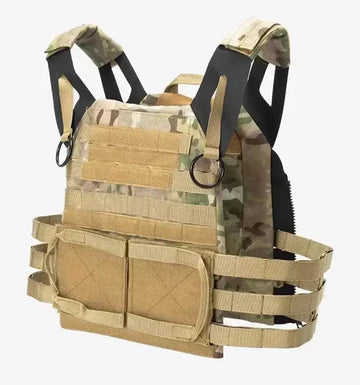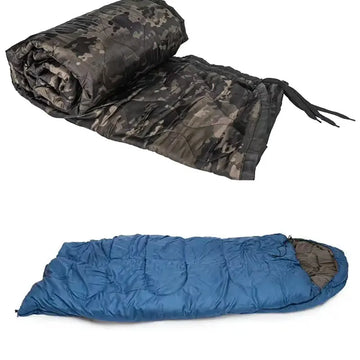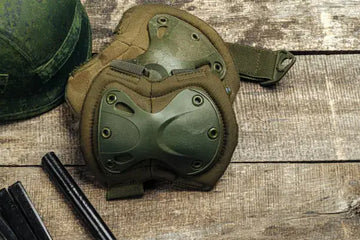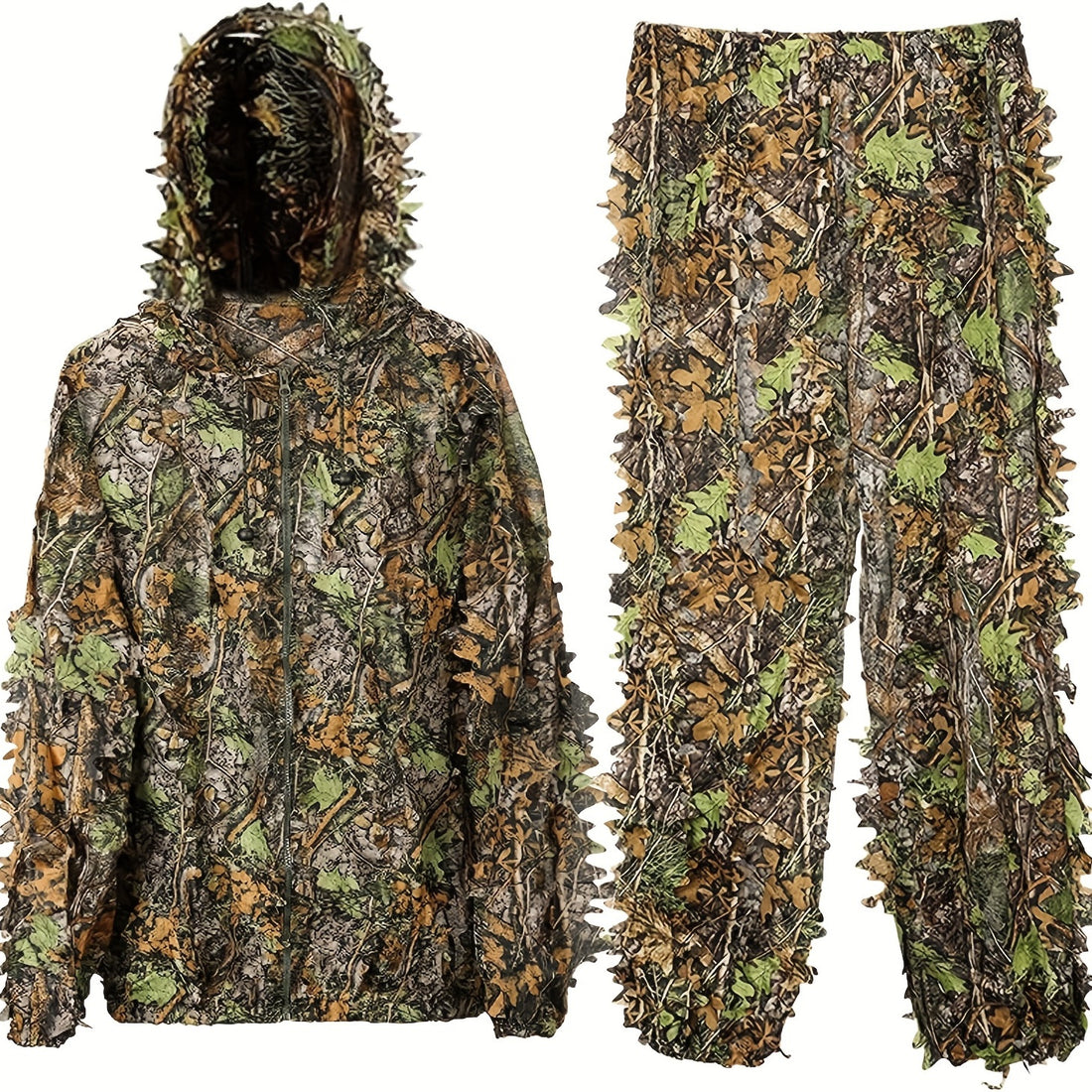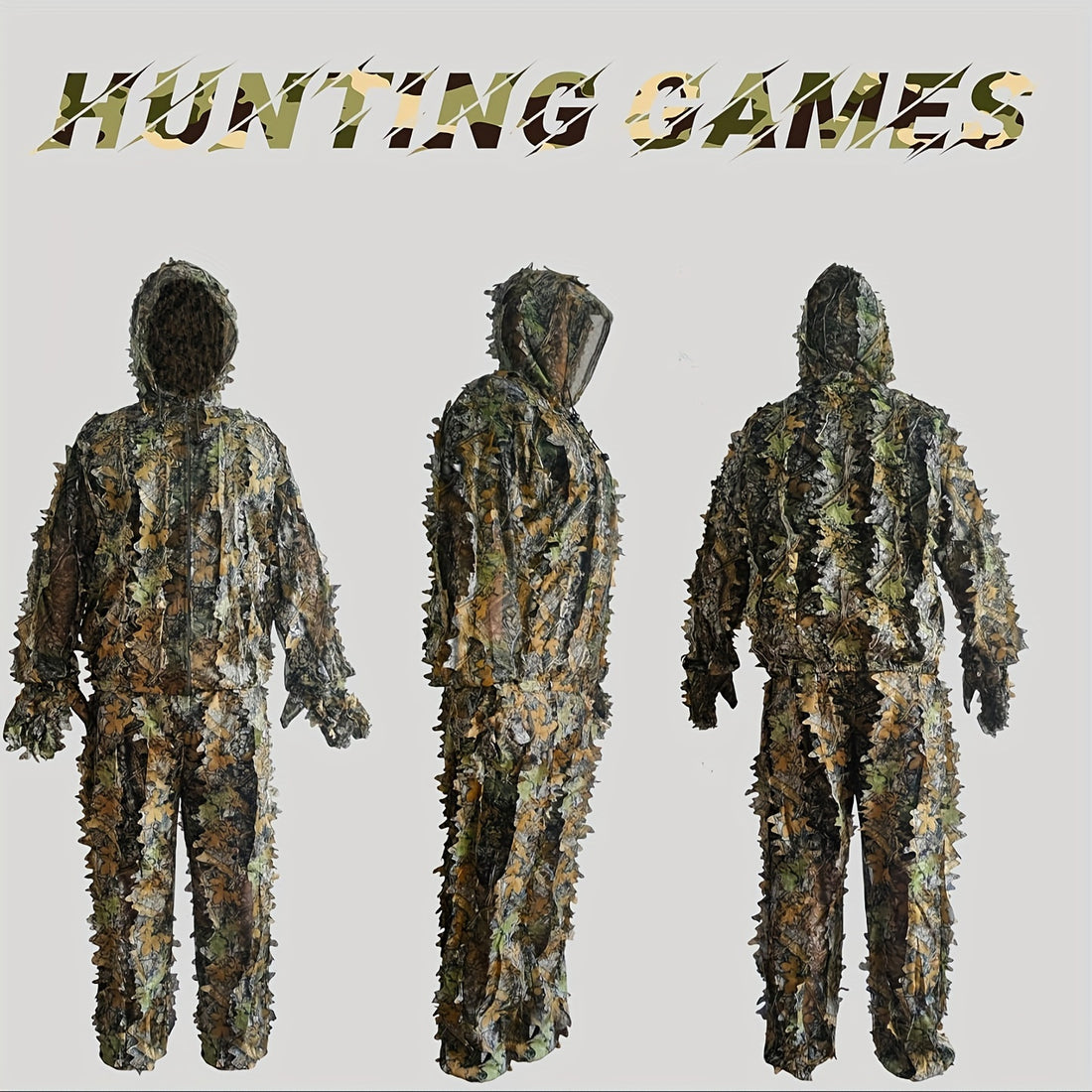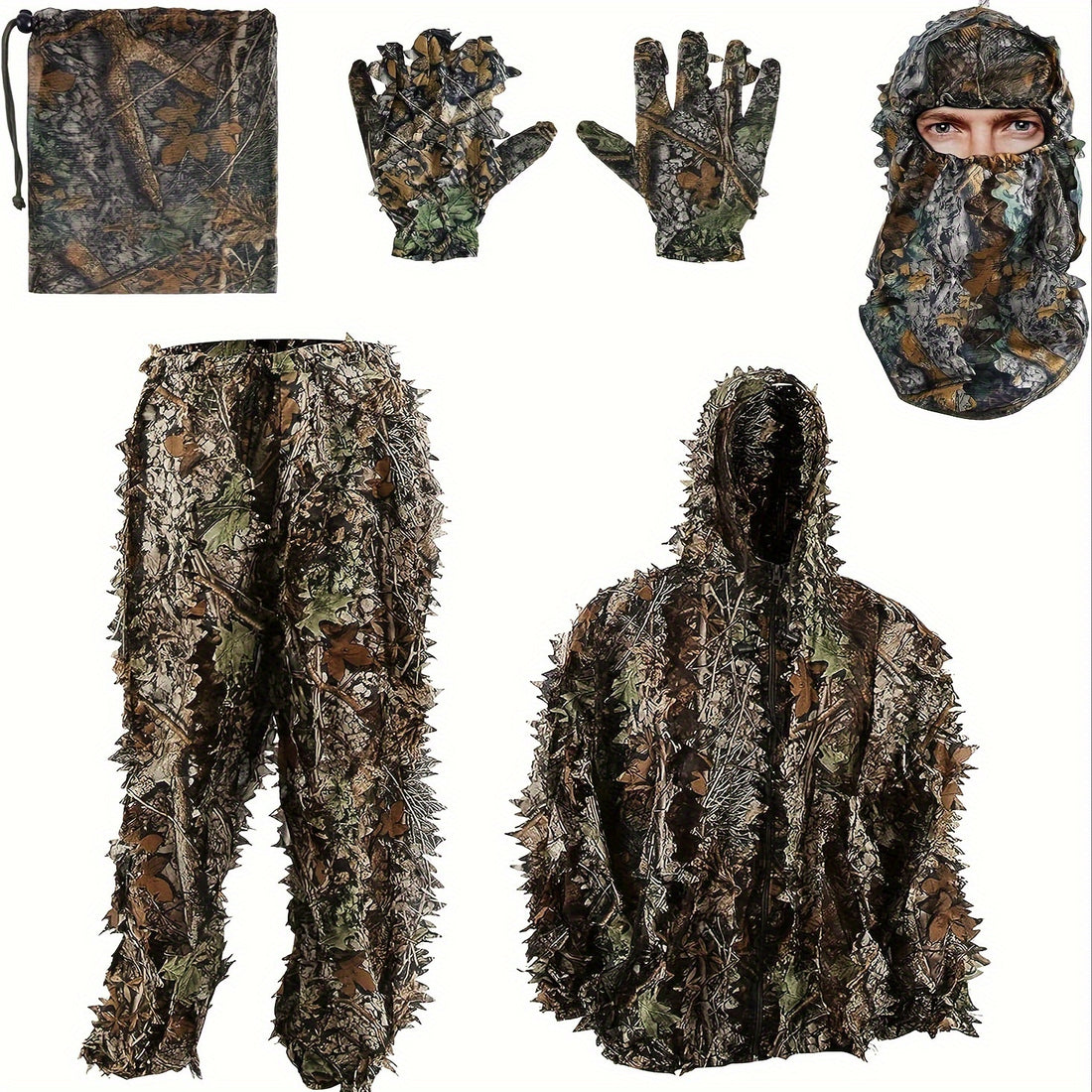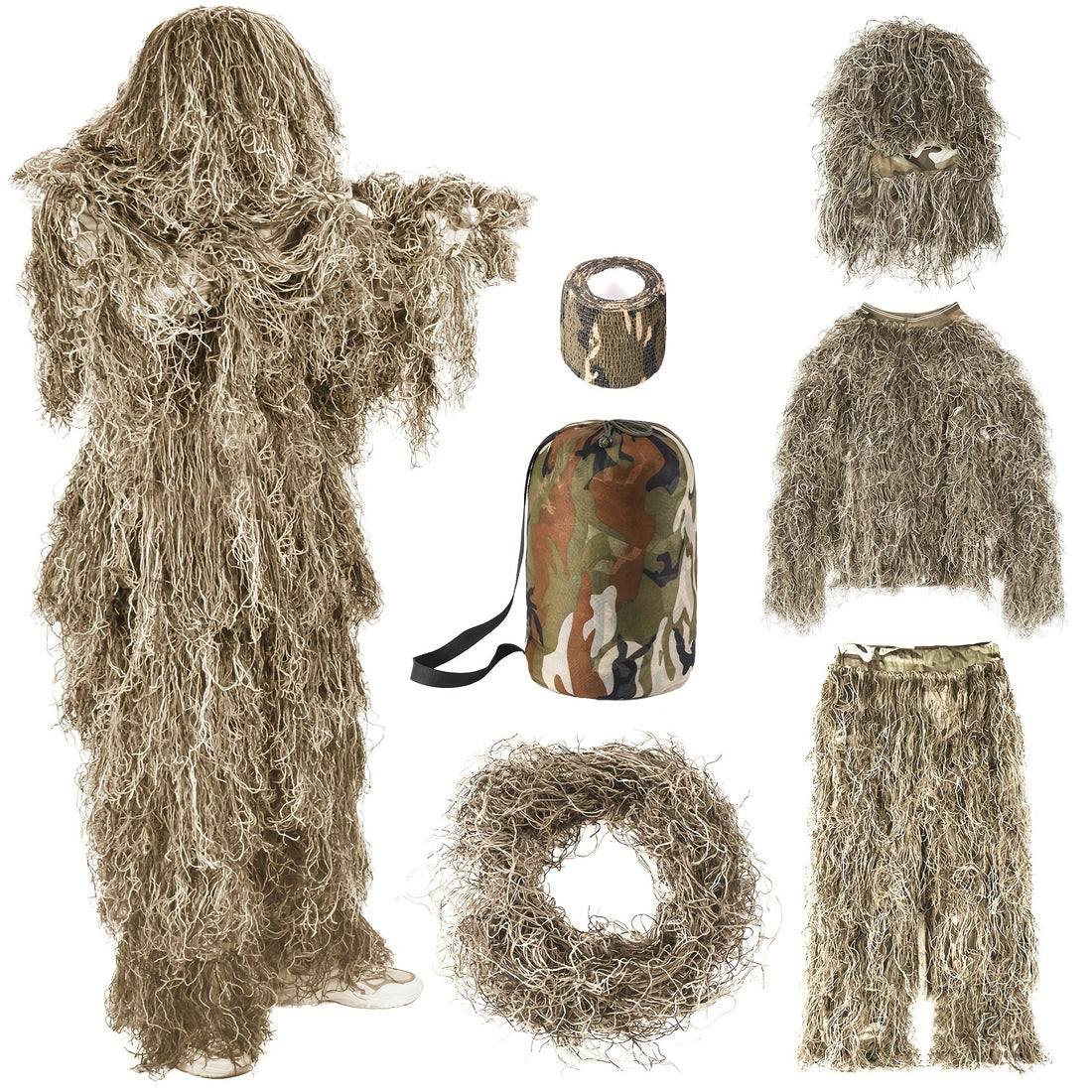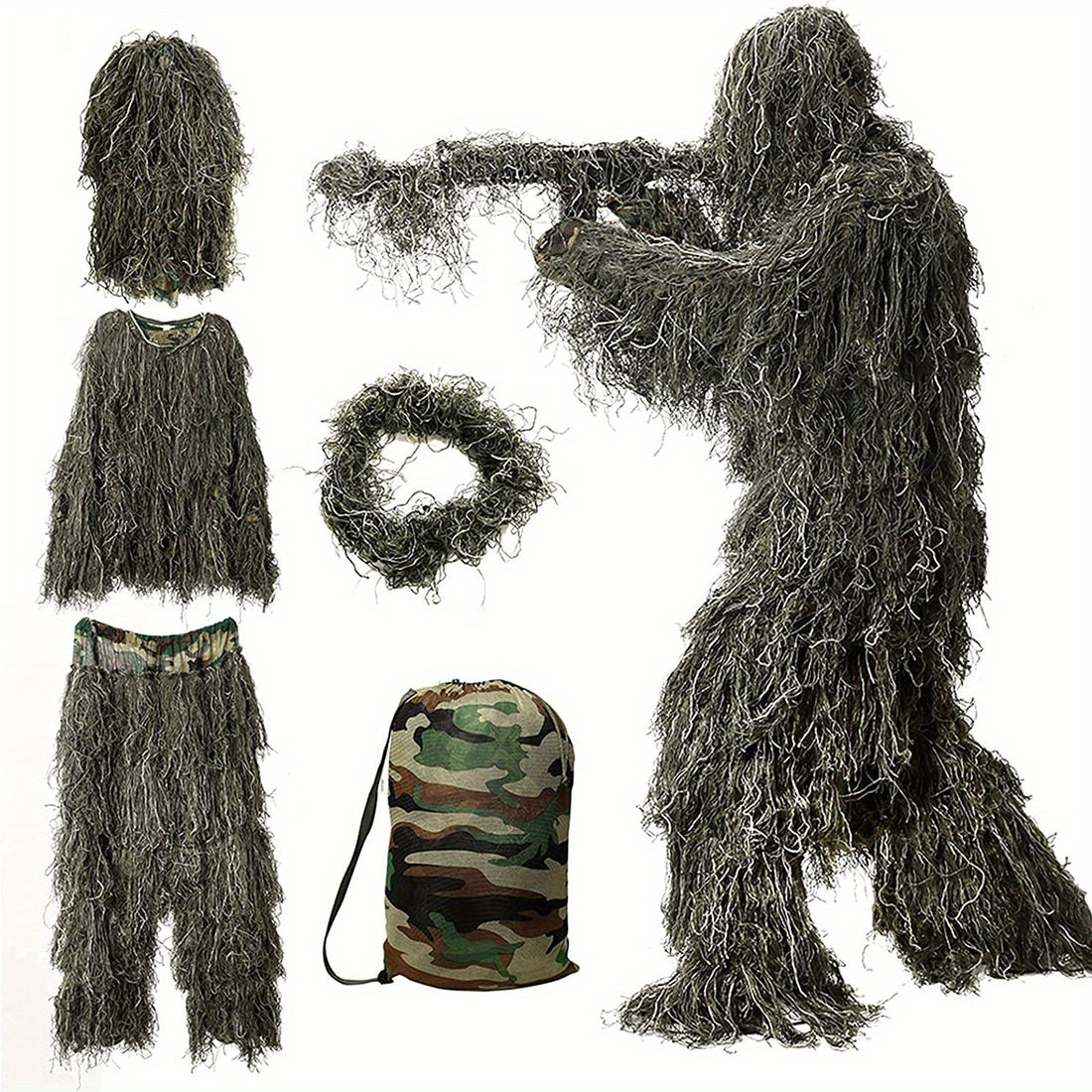If you're in a situation where you don't know what's going to happen, a plate carrier is a great thing to have. It's for people in law enforcement, the military, and outdoor adventurers, as well as people who like to be prepared.
It holds the armor plates that protect your vital organs from ballistic threats, and it's a customizable platform for carrying essential gear. Having a reliable and functional tactical plate carrier gives you peace of mind and lets you focus on the task at hand.
To help you choose the right plate carrier for your needs, we've put together a list of the top 8 features you should consider to ensure you make the best choice.
1. Durability
Your plate carrier should be made from high-quality materials like 500D or 1000D nylon. These materials are known for their strength and resistance to wear and tear. A good plate carrier will last longer and provide better protection.
However, more durable materials may also be heavier, so think about how much weight you're comfortable carrying and balance that with the toughness you need.
Also, check out the stitching. Double or triple stitching in critical areas adds extra durability.

2. Comfort
It's important to be comfortable, especially when you're wearing a plate carrier for long periods of time. Look for plate carriers with adjustable shoulder straps and cummerbunds to get a perfect fit.
An ill-fitting carrier, whether too loose or too tight, can limit your mobility and even affect your performance. The right fit allows you to move freely without restrictions.
These features help distribute weight evenly and reduce strain on your body.

plate carrier cummerbund
3. Quick-Release System
In an emergency, you may need to take off your plate carrier quickly. Quick-release systems make it easy to remove the carrier easily, which is especially important for quick medical access or rapid gear shedding.
A good quick-release system (like side buckles or Velcro closures) is easy to use, even under stress, and won’t accidentally trigger. Remember to practice using it so you know you can doff the carrier quickly if needed.

4. Plate Compatibility
Not all armor plates are created equal, and neither are plate carriers. Make sure the carrier you choose is compatible with the armor plates you plan to use. Most carriers support standard sizes like SAPI or ESAPI plates.
The carrier should fit the plates snugly, without squeezing them or leaving too much room.
A snug fit keeps everything in place and provides the best protection.
It's a good idea to know your plate size and shape before you shop. This can vary a lot, so double-check the specifications. If you can, test the fit with your actual plates.

5. Ventilation and Padding
Don't underestimate the importance of staying cool and comfortable. Adequate ventilation and padding help reduce sweat and prevent chafing during long periods of use.
Features like padded straps and mesh lining can make a big difference in your overall comfort.
So, look for mesh linings or built-in ventilation channels that let air flow through. Padding should be present but not excessive—too much can reduce ventilation and increase heat.
Pay attention to areas where rubbing is common, like under the arms and around the neck.
6. Molle Webbing
MOLLE (Modular Lightweight Load-carrying Equipment) webbing is a must-have for anyone who needs to carry extra gear on their plate carrier.
When you're picking out a plate carrier, make sure it's got enough MOLLE webbing on the front, back, and sides. This extensive coverage lets you customize and easily access your gear.
The MOLLE system's versatility means you can attach a variety of pouches, including those for magazines, medical kits, utility tools, and hydration systems.

7. Integrated Hydration System
Staying hydrated is important, especially when you're doing demanding outdoor activities or extended missions.
Look for a plate carrier that comes with a hydration bladder sleeve or a dedicated hydration pouch. This feature lets you carry and access water easily, so you can stay hydrated without having to stop what you're doing.
8. Weight Distribution
Carrying gear shouldn't wear you out. A well-designed plate carrier distributes weight evenly across your body, which helps to minimize fatigue.
Before you make your choice, try it on, move around, and see if the weight is distributed evenly or if it's pulling you down in certain areas.
Once you've got your gear loaded, make sure you adjust the carrier so that no single area bears too much weight.
You can test it out by moving around, jumping, and crouching. If the carrier stays in place and doesn't move around, you've got a good fit that distributes weight evenly.
In Closing
Investing in a high-quality plate carrier is an investment in your safety and effectiveness, whether you're on duty, training, or embarking on an outdoor adventure. Take the time to select a carrier that offers the right balance of features and performance, so you can be prepared for whatever challenges come your way.
For Businesses and Bulk Orders
If you are a business looking for high-quality custom plate carrier vests, AET is your trusted partner. With over 15 years of experience in manufacturing and supplying tactical equipment, we specialize in wholesale, factory-direct orders, and custom products.
Contact us today to discuss your needs and discover how we can support your projects with our expertise and dedication to quality.
Related FAQs
Q: What is the difference between SAPI and ESAPI plates?
A: SAPI (Small Arms Protective Insert) and ESAPI (Enhanced Small Arms Protective Insert) plates differ mainly in their level of ballistic protection.
ESAPI plates offer higher protection against certain threats compared to SAPI plates. When selecting a plate carrier, ensure it is compatible with the type of plates you plan to use.
Q: How do I choose the right size plate carrier?
A: To choose the right size plate carrier, measure your torso and refer to the manufacturer's sizing chart. The carrier should fit snugly around your torso, allowing you to move freely while securely holding the armor plates in place.
Q: Can I use soft armor inserts with my plate carrier?
A: Yes, many plate carriers are designed to accommodate both hard armor plates and soft armor inserts. Be sure to check the specifications of the carrier to ensure compatibility with soft armor.
Q: How do I properly maintain my plate carrier?
A: To maintain your plate carrier, regularly inspect it for wear and tear, clean it according to the manufacturer's instructions, and store it in a cool, dry place away from direct sunlight.
Avoid using harsh chemicals or abrasive materials when cleaning to prolong its lifespan.
Q: Is MOLLE webbing universal across different brands?
A: While MOLLE webbing is a standardized system, slight variations may exist between different brands.
However, most pouches and accessories designed for MOLLE systems are compatible with different brands of plate carriers.


